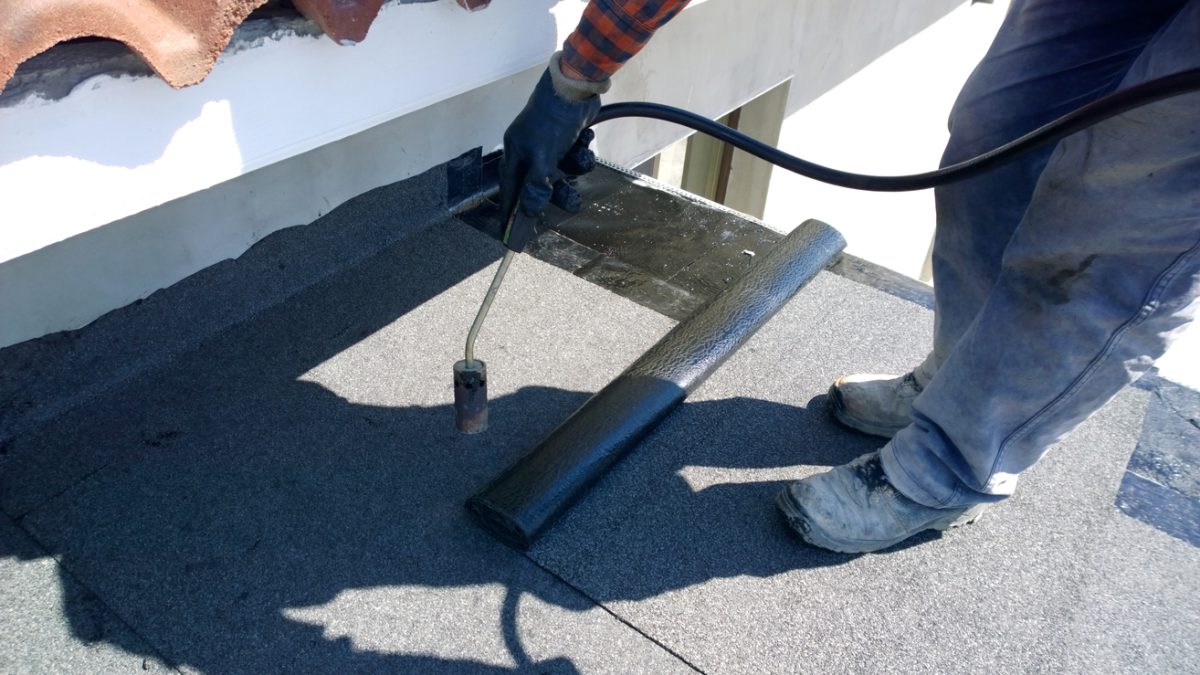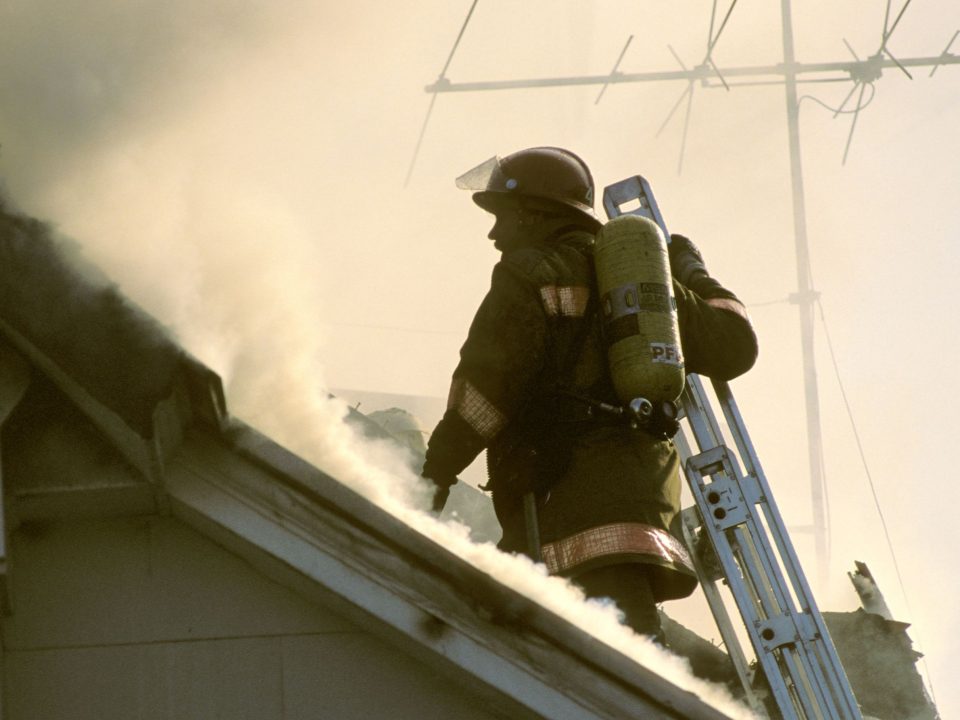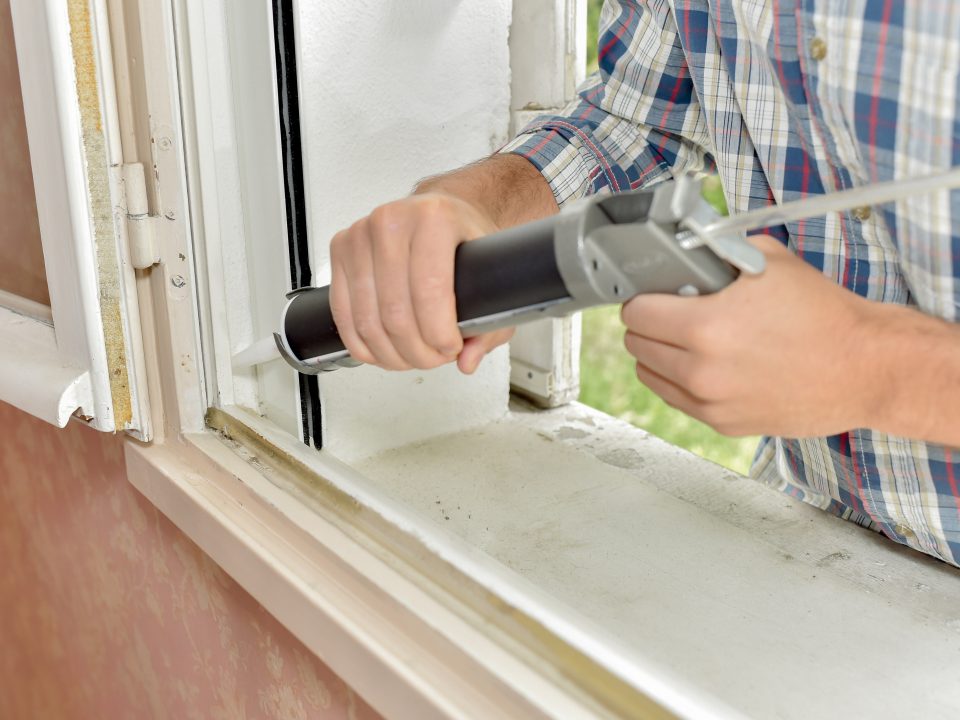Roofing Felt: What Homeowners Need to Know
You might be surprised to hear that your roof has felt on it.
Like many layers of the roof, your roofing felt is normally hidden beneath the shingles. It is often only visible during repair work or re-roofing jobs. Still, roofing felt plays a critical role on your roof, and if you’re a homeowner, it is valuable to understand what it is and what kind of choices you might need to make about it.
Is it Called Roofing Felt or Underlayment?
Underlayment is a thin, protective layer which is installed on the decking to start the roof.
Once, all underlayment was made of felt, so it was simply called roofing felt. Now there are other underlayment products, and “roofing felt” can now contain many more advanced materials and not just an organic base.
While you can still call it roofing felt, and many in the industry do, it is important to know that it is not just felt and that other types of underlayment, like ice and water shield, are still important.
Why Do We Use Underlayment?
Underlayment is an important part of any asphalt shingle roofing system. Here’s why:
- Aesthetics: The felt provides a soft padding which evens out the surface of the roof and helps it look smooth.
- Water and ice protection: Roofing felt can also repel water, helping to protect the wooden decking it sits on from the damage caused by a leak. This extra level of protection can also help prevent damage from ice dams and melting ice dams, which is important in our climate.
- Fire rating: Underlayment is also sometimes necessary for a roof to achieve the standards of a Class A fire rating. Underlayment can provide some protection which helps a roof avoid fueling a fire in your home.
- Installation: Underlayment also provides some protection for the decking during the installation process. It ensures the decking won’t be exposed to the elements while the roofers are doing the long process of nailing down shingles. Underlayment is comparatively fast to install.
Which Roofing Felt Should You Choose?
There are three major kinds of roofing felt that you should choose.
Roofers will typically recommend 30 lbs. roofing felt to most homeowners, as it balances cost and durability well for most residential applications. However, there are reasons you might want to use other roofing felt.
Your options include:
- 15 lbs. roofing felt: While less durable than the heavier 30 lbs. felt, this roofing felt is the right choice in applications where you absolutely need to reduce the weight on your roof. It will be less durable and provide less protection.
- Synthetic underlayment: There are now many options for synthetic underlayments, which are made largely of non-organic materials instead of the usual wood or cellulose. Synthetic underlayment products can offer additional protection from the elements.
Questions About Underlayment?
You can ask us anything you need to know about roofing felt. When we say that we’re a top-quality home remodeling and roofing company that serves the North Shore and surrounding Chicagoland area, we back it up. We do more than simply cover the basics: we show up on time and nail it. For more information or to schedule a consultation, call 847-768-6000 or visit our contact page.




